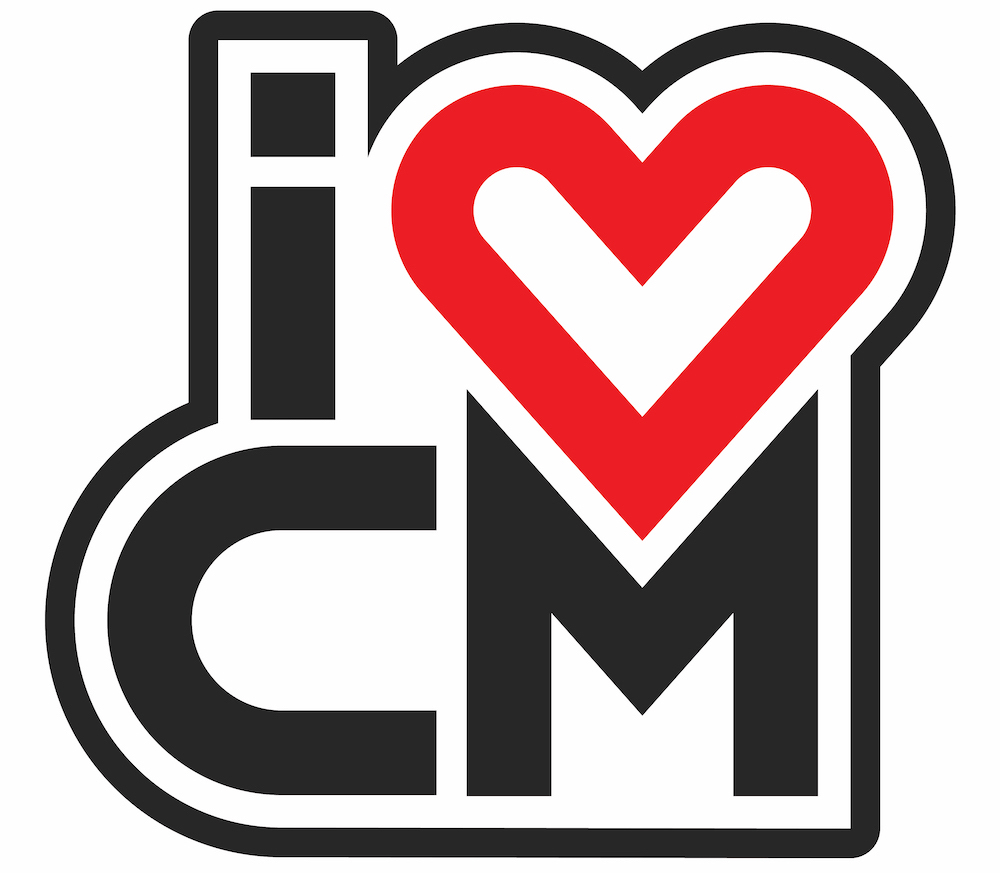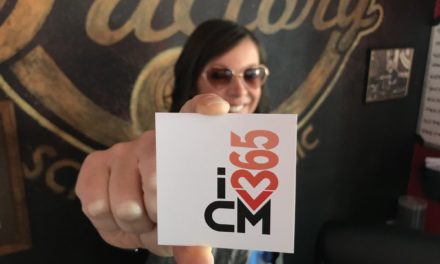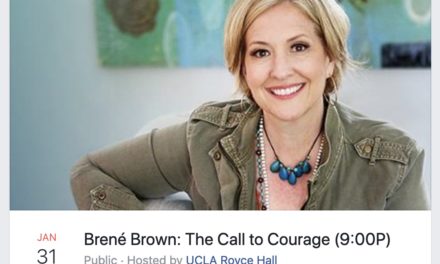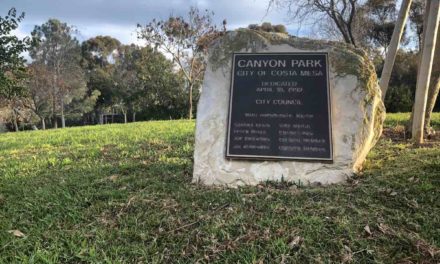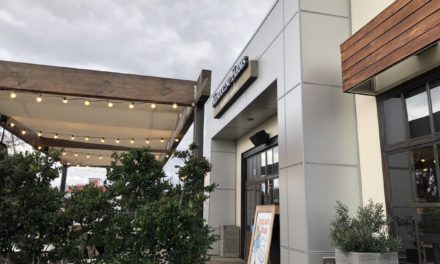Note: This post is part of an ongoing blog series called #costamesa365 where the author is striving to shop only* in her city of Costa Mesa, for a year.
I am nearly three weeks into the #costamesa365 challenge and I’m beat!
Being mindful about my every purchase was exhilirating at first – like a fresh-born fawn excited to test those wobbly new legs – but today, it’s hard and I’m tired and I’d rather just nap in the grass than figure out a new place to get my car serviced, thank you very much.
Yes, I’m hitting a slump as we round the corner into Week Three.
But don’t worry, I’m not giving up.
I just think my human tendency toward laziness is rearing her ugly head. I told myself that if I took this challenge on, I’d be honest with you about the downs as well as the ups.
So here we are, today… down.
My kids would say my problem is that I’m a newb – which is apparently better than being a n00b – but still, no fun.
I’m quickly approaching that part of the learning curve where the honeymoon is over and I need to level up to a new, better normal, or lie here, floundering.
So if my kids are correct, and my problems are newbie problems, I thought I would look to the experts for some help. I wandered over to TED and after some listless clicking I found a kernel of inspiration to unstick me from my first-timer funk.
“Wanting to learn something new comes from that best, most curious part of us. But then we have to put in the work. When it’s day three on the keyboard and the cat walking across the keys still sounds better than us, we can get discouraged — and often give up.” – Mary Halton, ideas.TED.com
Oooo, good stuff! Halton was writing about Josh Kaufman and his book The First 20 Hours: How To Learn Anything… Fast
Well, I need to learn how to get better at #costamesa365 so I don’t burn out mid-March. If twenty hours is all it will take, I’m in!
Kaufman touts a four-step process to fast-track the learning:
1. Break down a skill into its components.
The first thing you need to do is to decide what you want to learn, and then break it down into smaller, manageable pieces. Let’s say you want to bake your own bread. It’s a multi-step process that includes making dough, letting it rise, punching it down, shaping it into a loaf, and baking it in the oven. You’ll start by identifying the different tools and skills behind each step.
Ok. So I do think this first step will help me.
Up to now, I’ve just been haphazardly going about my life and trying to substitute Costa Mesa goods and services, randomly, whenever a need arises.
I am going to take Kaufman’s advice by making a detailed breakdown of all the expected, pending purchases that might be in my near future – and use Yelp or the Facebook Group to point me in the direction of some viable alternatives well in advance.
2. Learn enough to know when you’re making a mistake.
“Get three to five resources about what it is you’re trying to learn,” says Kaufman. “It could be books, it could be DVDs, it could be anything, but don’t use those as a way to procrastinate.” After all, you won’t learn how to bake bread or do yoga unless you break out the flour or yoga mat and do something.
Hmmm… maybe I could google up other people who have chronicled similar challenges and then learn from their journey as I’m just starting mine?
Also, I think the Facebook Group is crucial for Step Two because when I’m struggling to find an alternative to, say, Costco – I can learn from other people who say, “Bulk at Albertsons can sometimes be cheaper.” Or, “I hit up Grocery Outlet for stuff like that.”
My neighbors and their personal experiences around town could be my greatest resource as I tackle #costamesa365
3. Remove any and all barriers to practice.
This may require stowing away your electronic devices while you tackle your hobby. Or get creative and combine your favorite distraction with your new activity.
This might be situationally tricky. January has been uniquely rife with barriers to #costamesa365 because it’s my birthday month – and we had multiple family birthdays, as well. That’s accommodating a lot of other people’s planning and needs. Some loved ones gifted me non-Costa Mesa experiences which left me feeling grateful, yet conflicted.
It made me realize how important it will be to plan ahead for the rest of the year. Maybe create a “Costa Mesa cheat sheet” on my phone – a list of fun, birthday-outing ideas, a list of my favorite gift shops and gift ideas for family/friends, a list of my favorite places for brunch or a massage, etc.
4. Practice for at least 20 hours.
To overcome what Kaufman calls the “frustration barrier” — that period in the beginning when you’re painfully incompetent and you know it — you must commit to sticking with your new activity for at least 20 hours. By that point, he says, “you will be astounded at how good you are.”
Well, given that I’ll be stumbling through #costamesa365 for a full year, I think twenty hours is definitely doable! I’ve just got to keep putting one wobbly foot in front of the other – even, or especially, when I don’t feel like it.
“You will be astounded at how good you are.” I like the sound of that.
Wobble, wobble! ♥
______________________
*We will always start by shopping / looking in Costa Mesa, first. But if we really need something and an alternative is nowhere to be found in Costa Mesa, we’ll stray. Also, as parents, we’ve decided that certain kid-related things (mainly educational) will need to remain baked in.
